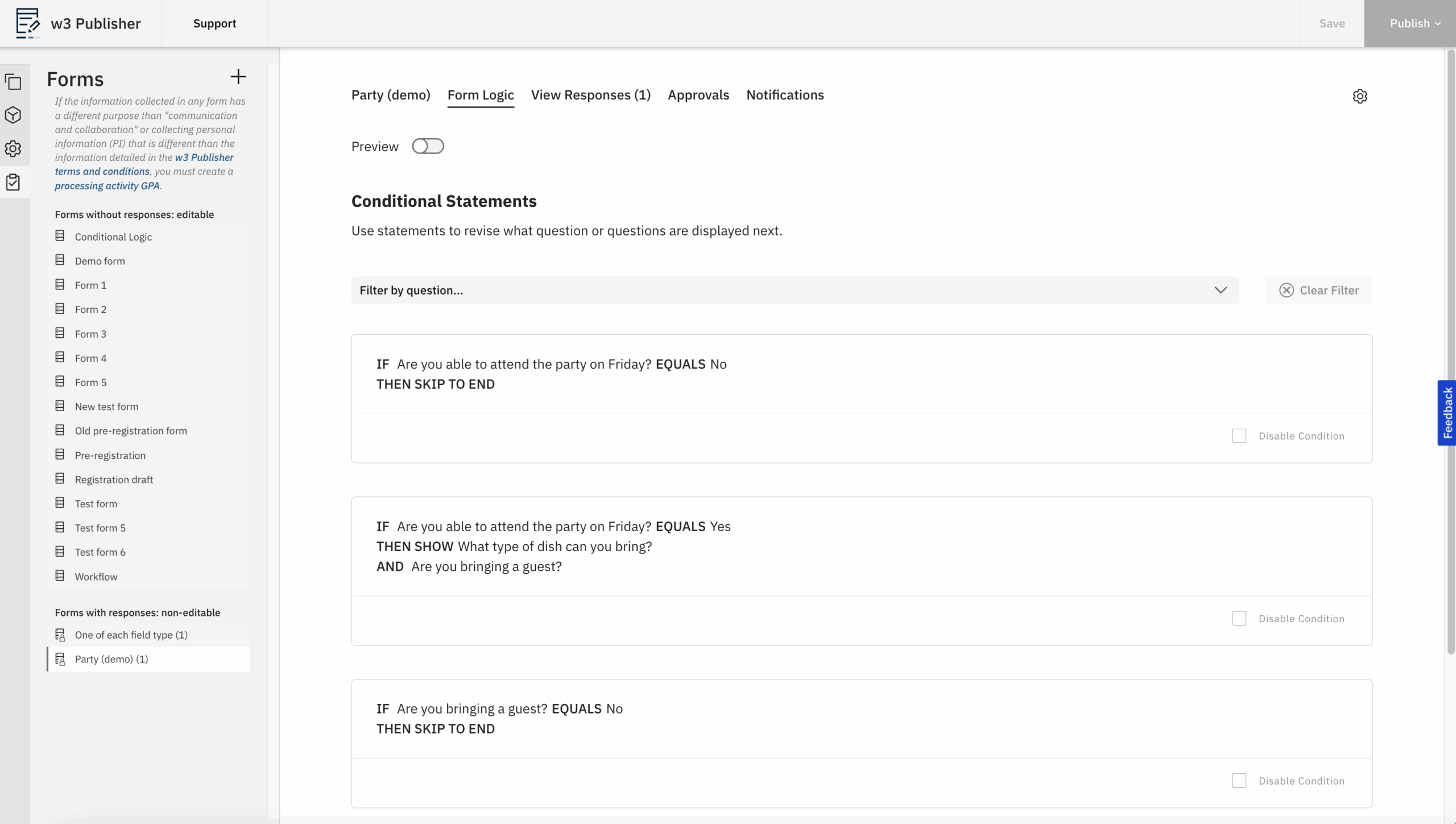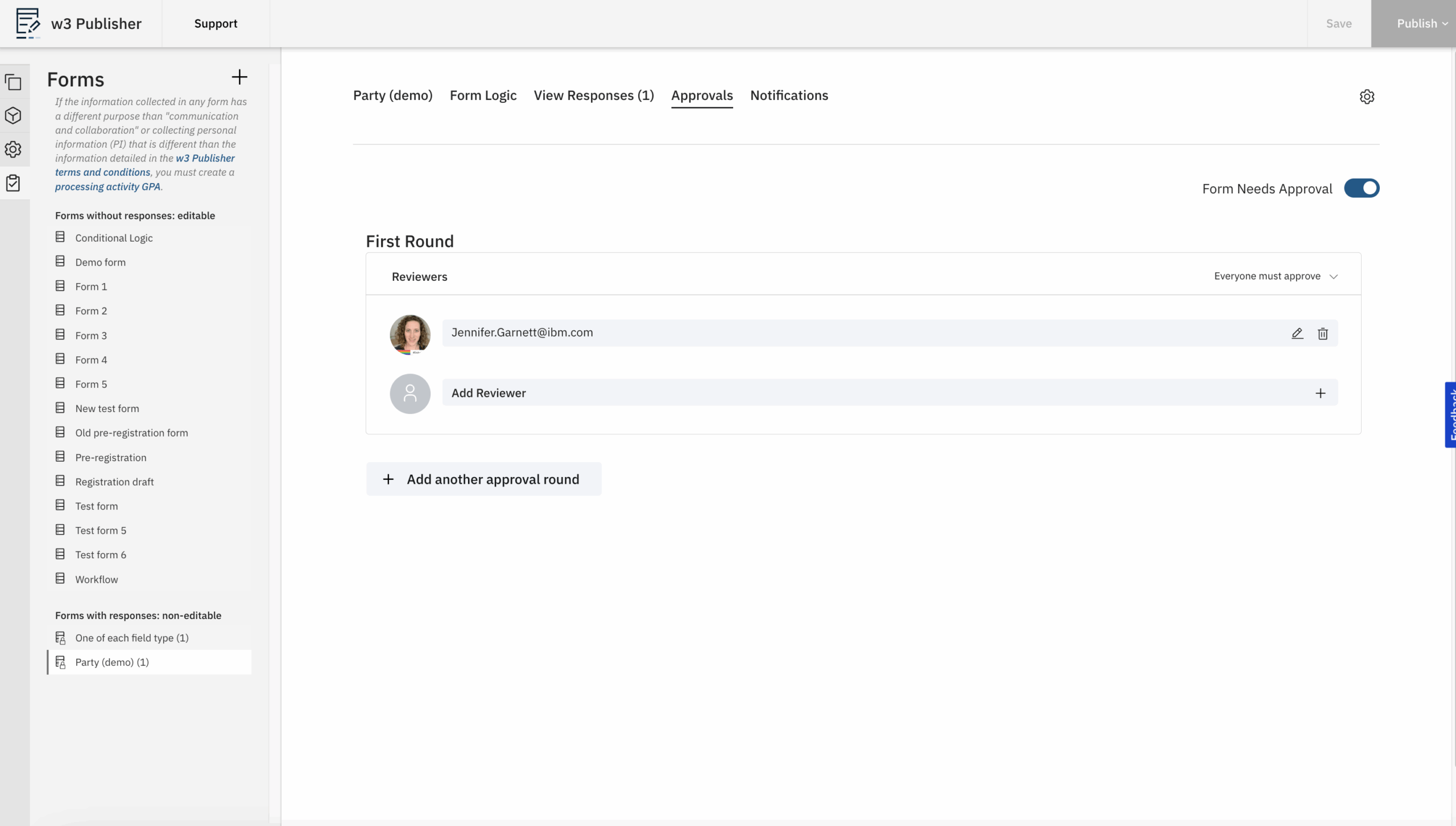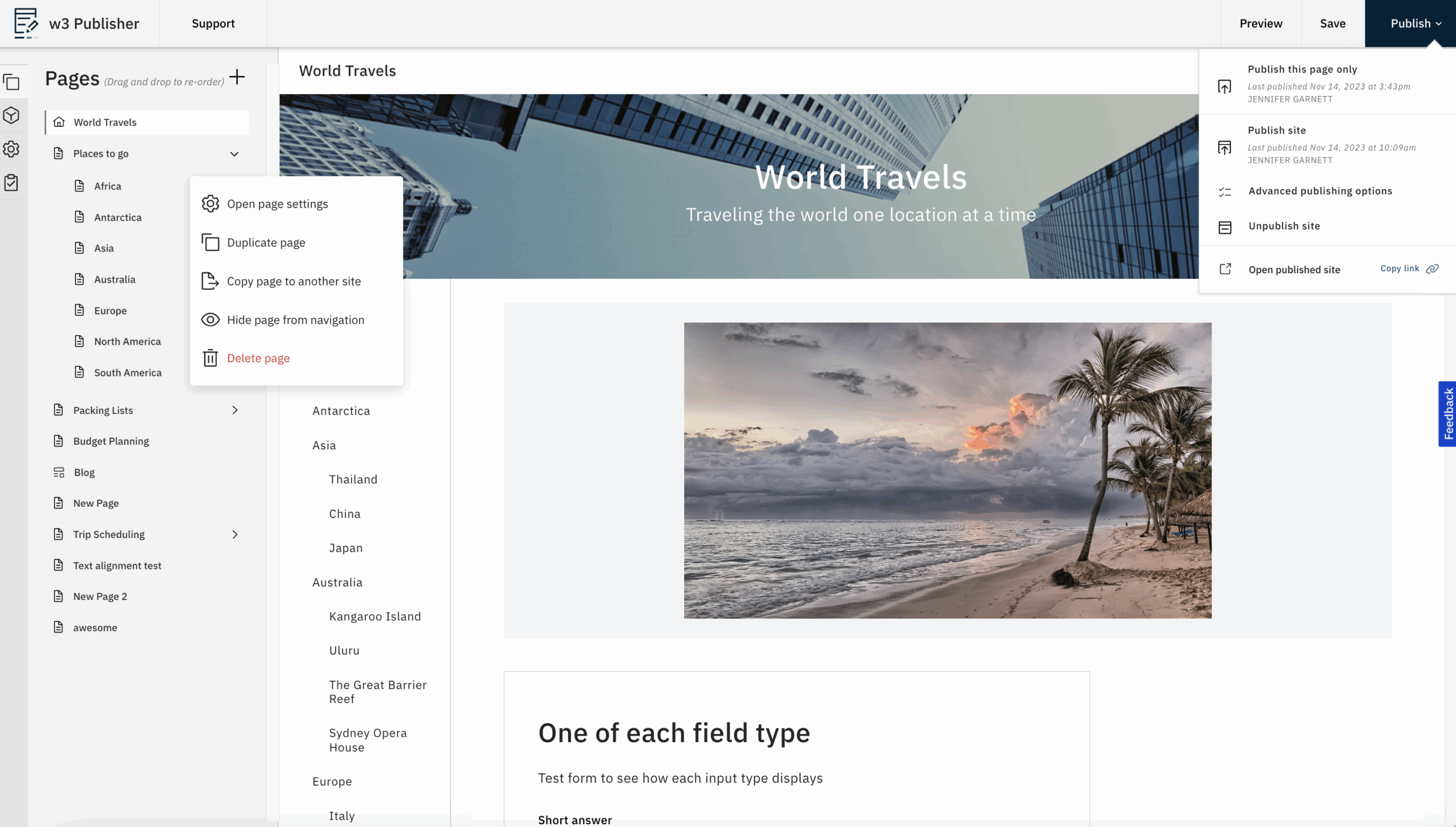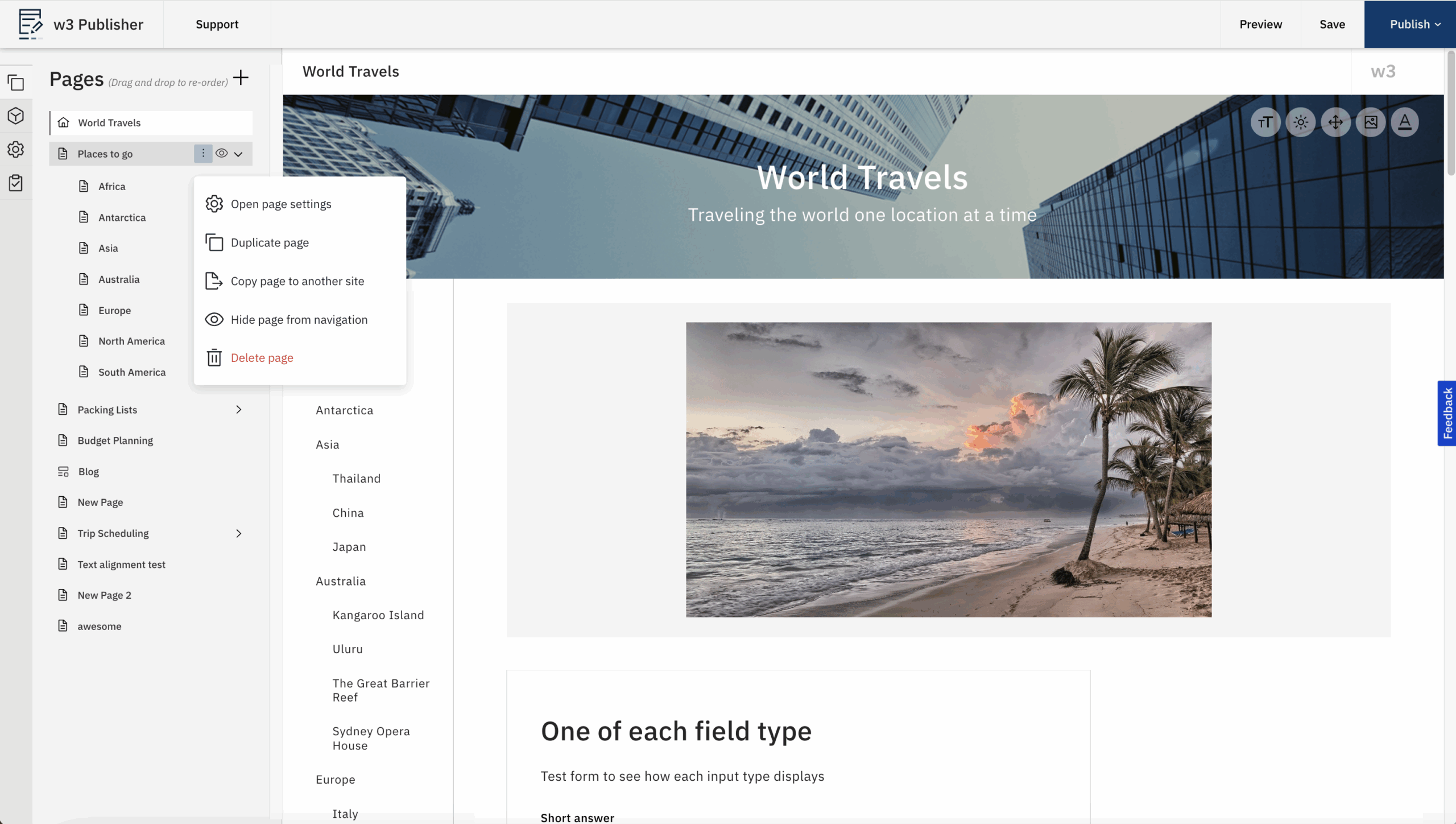UX Design for an Internal Website Builder

The purpose of this project was to create, improve, and expand the functionality of an internal website builder, focusing on creating an intuitive and efficient user experience for employees and teams. This platform would empower non-technical users to easily design, customize, and publish websites for various internal purposes, such as team collaboration, project tracking, and departmental resources.
Objectives:
- Streamline the User Experience: Simplify workflows to reduce the learning curve for non-technical users.
- Enhance Customization Options: Provide flexible design and layout tools to cater to diverse use cases.
- Improve Efficiency: Optimize tools to enable faster website creation and updates.
- Ensure Consistency: Standardize templates and design components to align with company design frameworks.
Key Features:
- Drag-and-Drop Builder:
- Intuitive interface for adding and arranging elements such as text, images, videos, forms, and other widgets.
- Real-time preview mode to visualize changes before publishing.
- Pre-Built Templates:
- A library of customizable templates for common internal needs like team pages, contact, blog, and FAQs.
- Brand-compliant designs with built-in style guides.
- Content Management System (CMS):
- Easy-to-use CMS for managing website content, navigation, and metadata.
- Permissions-based access for team collaboration.
- Responsive Design Tools:
- Built-in functionality to ensure websites are mobile-friendly and optimized for different screen sizes.
- Analytics Dashboard:
- Provides insights into website performance, such as visitor metrics and engagement rates.
- Integration Capabilities:
- Seamless integration with internal systems like document repositories, photo libraries, and communication tools.
- Support and Training:
- Embedded help guides, tooltips, and tutorials for onboarding.
- A feedback system for continuous improvement.
Approach:
- User Research and Testing:
- Conduct interviews and usability tests to identify pain points and improvement opportunities.
- Wireframing and Prototyping:
- Design wireframes and prototypes to validate new features and workflows.
- Iterative Development:
- Collaborate with developers to implement changes incrementally and test in real-world scenarios.
- Feedback and Optimization:
- Gather post-launch feedback for ongoing enhancements.
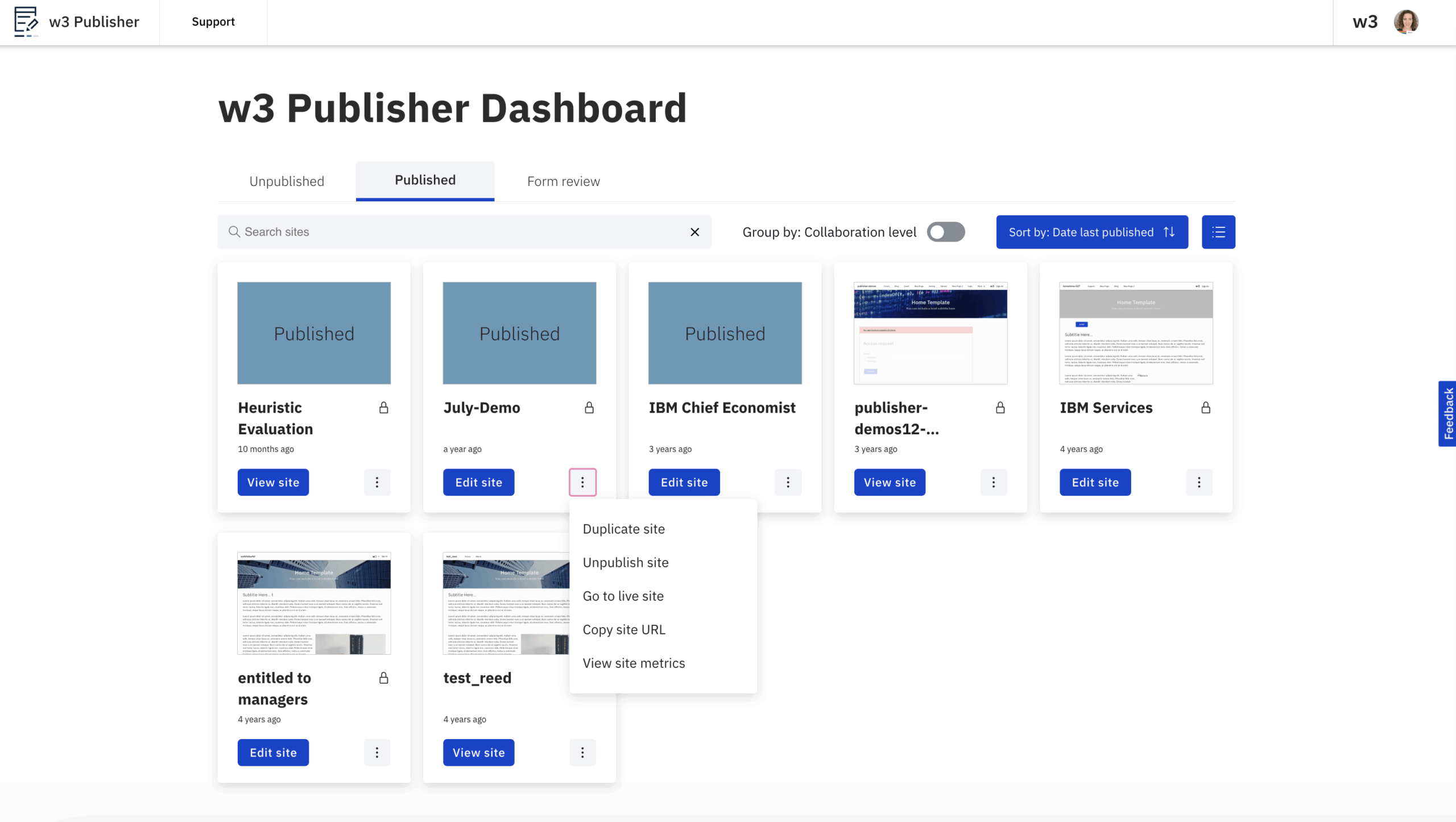



Deliverables:
- Website builder with exceptional UX and functionality, competitive with market solutions.
- Comprehensive library of design elements.
- Training resources for employees and teams.
- Analytics tools to measure adoption and effectiveness.
This project resulted in an efficient and user-friendly website builder, enabling employees to create high-quality websites that enhance internal communication and collaboration

